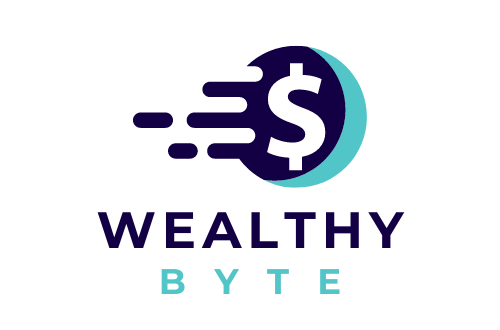
Decentralized exchanges (DEXs) are becoming a popular choice for cryptocurrency traders, offering autonomy, transparency, and control over assets. One of the main characteristics that set decentralized platforms apart from centralized ones is that DEXs facilitate peer-to-peer trading without intermediaries, giving users full custody of their funds. For those new to decentralized trading, platforms like ApeX exchange provide an opportunity to engage with the crypto market directly. However, mastering the basics of navigating a DEX is essential for a smooth and efficient experience.
This guide outlines best practices to help new users understand the core principles of decentralized trading, manage risks, and improve their overall performance.
Key Takeaways
- Prepare Your Wallet: Set up a secure wallet and ensure it’s funded properly.
- Understand How DEXs Work: Learn about key features like liquidity pools and token swaps.
- Manage Costs Effectively: Plan trades strategically to minimize fees and delays.
Prepare Your Wallet and Secure Your Funds
First, make sure you have a cryptocurrency wallet to store and manage your funds, before accessing a DEX. Unlike centralized exchanges that manage wallets on behalf of users, DEXs require you to take full responsibility for your assets.
Ideal Practices for Wallet Preparation:
- Choose a Reliable Wallet: Select a wallet that supports the blockchain network you plan to use. Wallet options include both software and hardware varieties, with hardware wallets offering greater security for long-term storage.
- Back-Up Your Seed Phrase: A wallet’s seed phrase is the key to recovering your account. Store it in a secure, offline location and never share it with anyone.
- Fund Your Wallet: Transfer the cryptocurrency you’ll use for trading into your wallet. For example, if the DEX operates on Ethereum, ensure you have enough ETH to cover both trades and gas fees.
A properly prepared wallet ensures that you can access the DEX seamlessly and keep your funds safe.
Understand the Mechanics of a DEX
Unlike centralized platforms, decentralized exchanges rely on smart contracts to facilitate trades directly between users. Understanding these mechanics is essential for navigating a DEX effectively.
Key Features to Learn:
- Token Swaps: On a DEX, you can exchange one cryptocurrency for another. Before trading, confirm the tokens you’re interacting with are legitimate to avoid scams.
- Liquidity Pools: These are collections of user-deposited funds that facilitate trading. The size of the liquidity pool impacts the ease of trades and the likelihood of slippage, where the actual trade price differs from your expected price.
- Slippage Tolerance: Set an appropriate slippage tolerance for your trades. While low tolerance minimizes price variation, it might cause your transaction to fail during volatile market conditions.
Risk Mitigation Tips:
- Double-check token contract addresses to ensure they match verified listings.
- Start with small trades to understand how transactions work and identify any potential issues.
Having a clear grasp of these features will help you execute trades with confidence and minimize mistakes.
Manage Gas Fees and Plan Transactions
One of the unique aspects of DEX trading is the need to pay gas fees, which are costs associated with processing transactions on the blockchain. These fees can vary depending on network activity, making it important to plan your trades carefully.
Strategies to Reduce Gas Costs:
- Monitor Network Activity: Gas fees tend to be higher during peak times when the network is congested. Plan your trades during off-peak hours to save on costs.
- Adjust Gas Settings: Many wallets allow you to set a custom gas fee, giving you control over the trade-off between speed and cost.
- Explore Cost-Effective Networks: Some DEXs operate on blockchains with lower transaction fees. While Ethereum is widely used, alternatives like Layer 2 solutions or other networks may offer a more affordable trading experience.
Efficiently managing gas fees ensures that your transactions remain profitable, especially for smaller trades.
Practice and Learn Gradually
For new users, taking small and deliberate steps is key to building confidence. Start with modest trades and explore the platform’s features to familiarize yourself with its interface.
How to Practice Safely:
- Perform small token swaps to test the transaction process.
- Experiment with features like slippage settings and transaction priority to see how they affect execution.
- Review transaction details carefully before confirming to avoid errors.
This gradual approach allows you to gain experience and learn from minor mistakes without significant financial impact.
Conclusion
Decentralized exchanges offer an empowering way to trade cryptocurrencies, granting users full control over their assets. However, navigating these platforms requires preparation, understanding, and practice. Begin by setting up a secure cryptocurrency wallet and funding it appropriately. Familiarize yourself with the mechanics of DEXs, including liquidity pools and token swaps, to avoid common pitfalls. Manage gas fees strategically by monitoring network activity and adjusting transaction priorities. Finally, take small, calculated steps as you learn to navigate the platform effectively. With these best practices, new users can approach decentralized exchanges with confidence, ensuring a smooth and efficient trading experience.

















